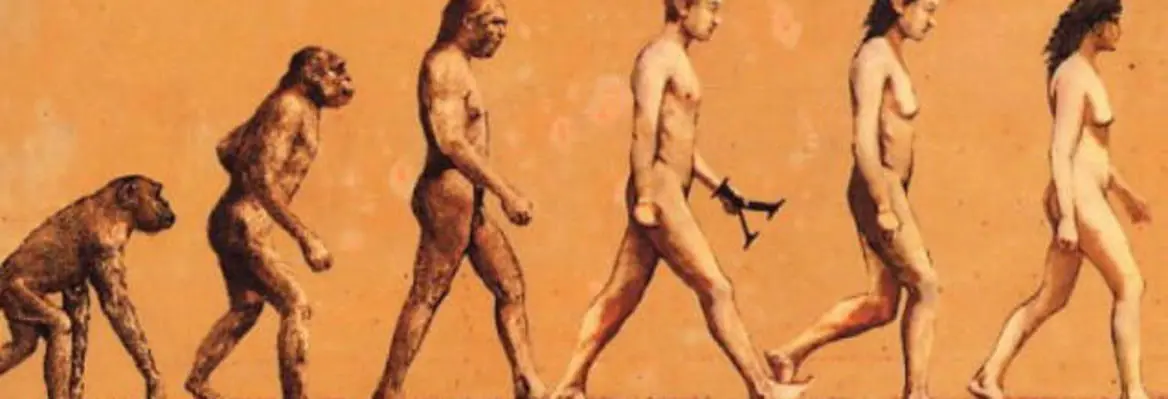I have just returned from the Women’s March on Washington D.C., an apt moment at which to introduce the essay I wrote on feminist utopias. To a degree I didn’t dare imagine, the March represented at least a utopian moment: a moment when women embraced all the marginalised, trivialised, overlooked, undervalued of the earth. Cynics would ask: what was the programme, what was the strategy, who are the leaders? There was no programme except: turn up. Be counted. Don’t be afraid. And don’t be silent. For many women, that in itself represents utopia: seeing and hearing one another and making an impact. Yes we did.
If you ask most women what their concept of utopia might be, they’ll mostly scoff and look at you as though you’re crazy: we raise the world’s children, wash the world’s clothing, take the world’s parents to the doctor. What makes you think we have time for daydreams? Since the poor of the world are disproportionately female, dreaming of intellectual utopias is a luxury few can afford.
So the literature of utopian thinking by women is sparse and the best of it does not present as idealism. Rather it charts the discovery of joy and vision that women attain through work, through real life – not away from it. The three women who’ve most captured my imagination were tough, rigorous thinkers who found their ideals in life, not away from it. Their utopian dreams aren’t toy cities with make believe rules but conceptual spaces in which they could find freedom. The freedom to be taken seriously. The freedom to think for themselves. The freedom to value what they loved, not what they could own. In their friendships, in their writing and in their work they crafted places and spaces where they could achieve the female utopian ideal: being themselves.
___
"Most utopias are defined by who is excluded - women's utopias are about inclusion"
___
Many, if not most, utopias are defined by who is excluded – women’s utopias are about inclusion. They favour creativity over destruction, relationships over property, nurture over power, and inclusion over status. My three feminist utopians – Mary Wollstonecraft, Charlotte Perkins Girman and Shulamith Firestone – sought their utopias not in fantasies but in their lives. Against exceptional odds, they won freedom and friendships, reason and truth, not by destroying their enemies but creating their own, very real lives.
Most radical of all, Shulamith Firestone dreamed of the eradication of gender as a concept altogether. Decades ahead of her time, she discerned how profoundly the very concept of gender was driven by social norms, none of which was indispensable. She challenges us to imagine that we need be defined by no one but ourselves.
In Washington last weekend, posters and banners proudly quoted from the writings of Mary Wollstonecraft and her French contemporary Olympe de Gouges. The vigorously non-partisan nature of the March would have thrilled Charlotte Perkins Girman who always thought traditional party politics would never deliver for women. And the rich mix of men, women, gay, straight, old, young, transgender and unborn would have brought a smile even to the stern face of Shulamith Firestone. After all, utopias only matter when you bring them to life.

















Join the conversation